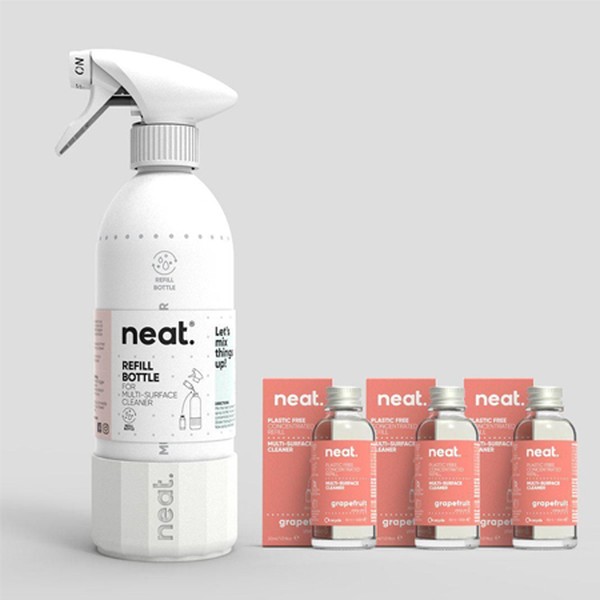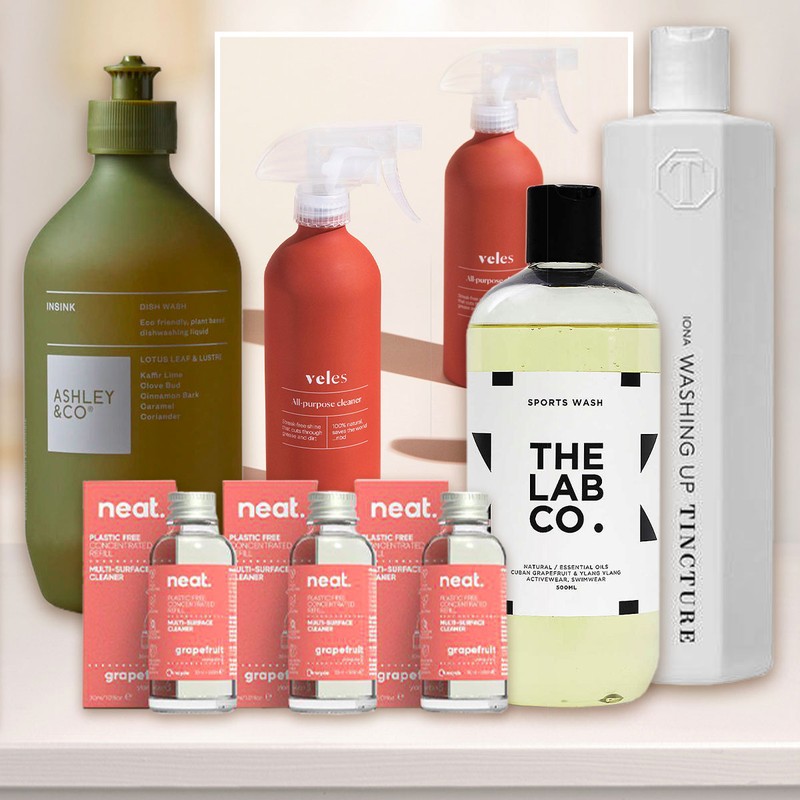
Why & How To Make These Eco-Cleaning Swaps
IN THE KITCHEN…
It might not be something we consciously think about, but when we wash traditional, chemically enhanced antibacterial soap down the drain, it goes straight into our sewage system and waterways. For example, the antibacterial agent triclosan is often found in some soaps and detergents, and has been detected in lakes, rivers and the ocean. If wildlife then ingests this contaminated water, it doesn’t take long for it to infiltrate the food chain. Meanwhile, if you’re not a rubber glove user, you leave your skin exposed to multiple different – and sometimes harsh – chemicals, many of which are designed to cut through tough grease and stains. If you suffer from topical skin issues like eczema and/or psoriasis – it might be worth looking for something designed for sensitive skin.
Ingredients to look for: Common ingredients found in eco-friendly dish soaps and antibacterial sprays include water, baking soda, vinegar, lemon juice, and borax.
Ingredients to avoid: Surfactants. These come in many guises but often include polyethylene and/or polypropylene glycol and sodium laurel sulphate (SLS).
Inspired? Consider one of these good-for-the planet products…
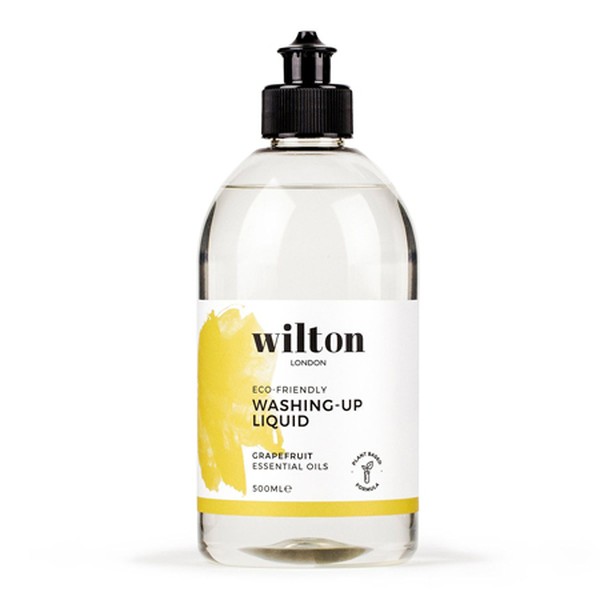
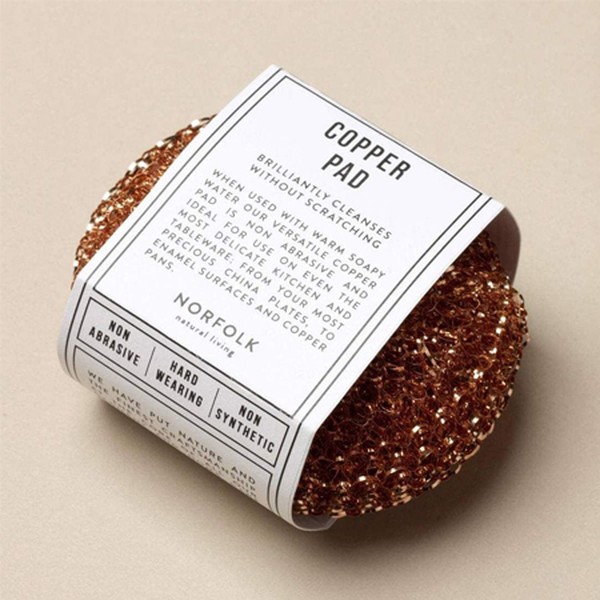
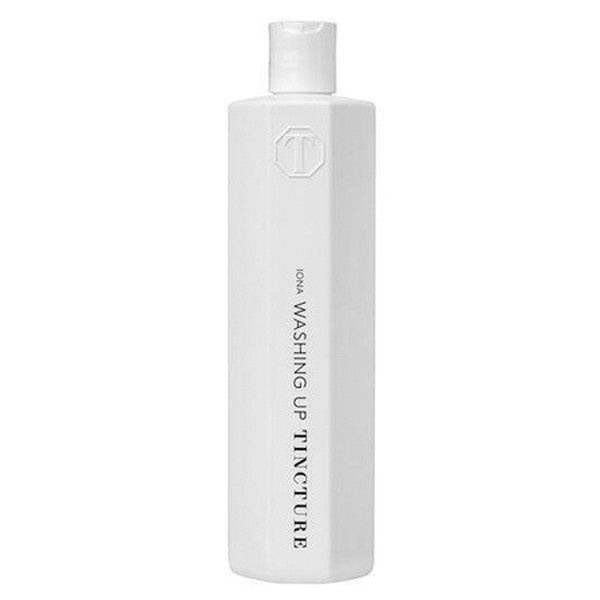
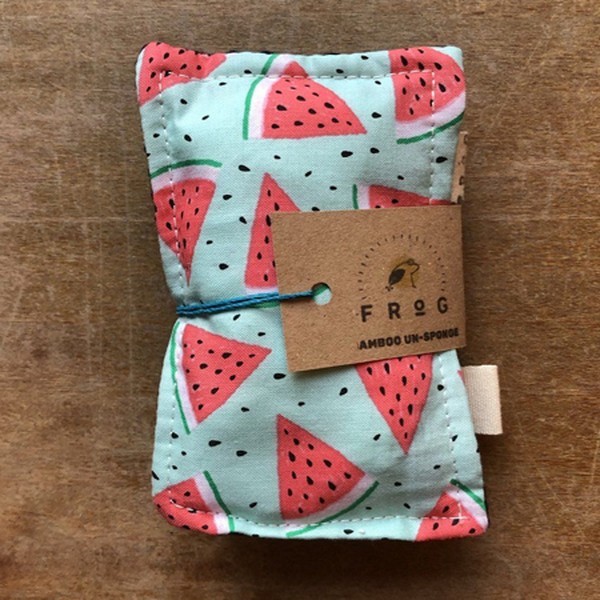
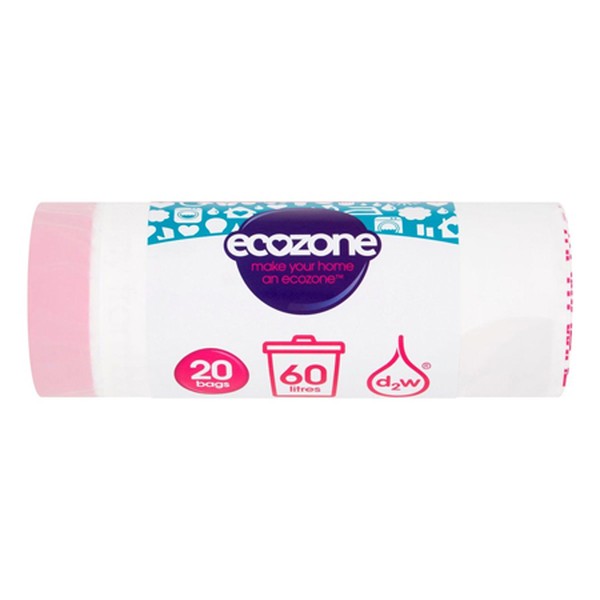
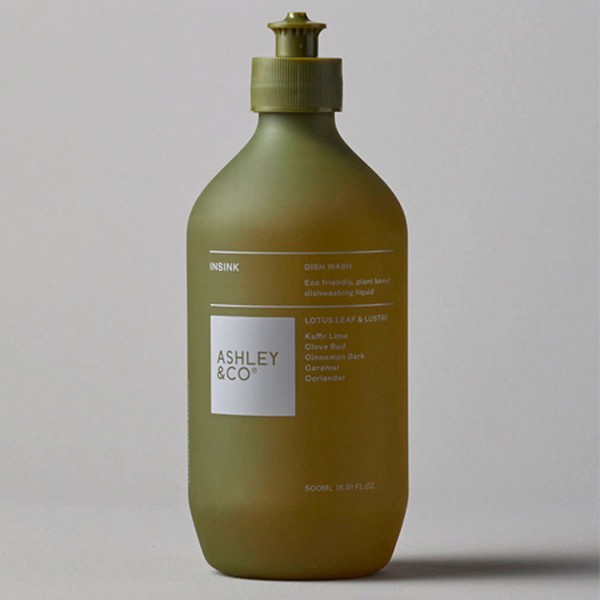
FOR THE LAUNDRY…
Whether you prefer laundry liquids or powder detergent, many top brands offer greener options containing the sorts of ingredients which are gentler towards the planet and on sensitive skin – especially babies and young children. That means opting for natural ingredients where possible, and even those that are grown organically or come with a ‘bio’ tag attached. Products made with this type of ingredient should biodegrade easily, too, so they don’t contaminate the area where they end up. If it’s important to you, try to keep an eye out for the PETA-approved leaping bunny logo, which guarantees a product was also made with zero animal testing.
Ingredients to look for: Natural sources of fragrance and detergents that describe themselves as bio-degradable and phosphate-free. To win extra eco-points, look out for plastic-free packaging.
Ingredients to avoid: Palm oil, bleach, synthetic fragrances, dyes, optical brighteners, phosphates, sodium laurel sulphate (SLS) and parabens.
Inspired? Consider one of these good-for-the planet products…
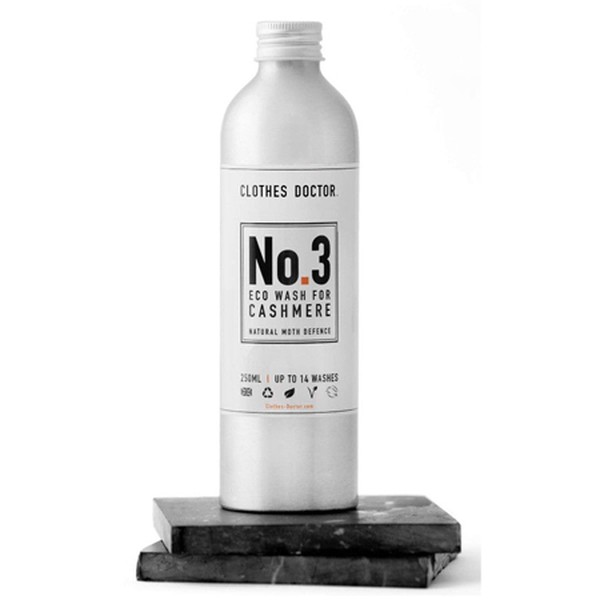
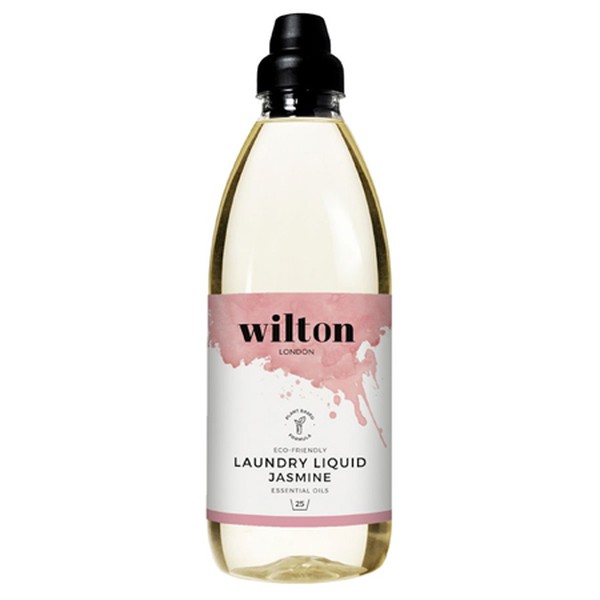
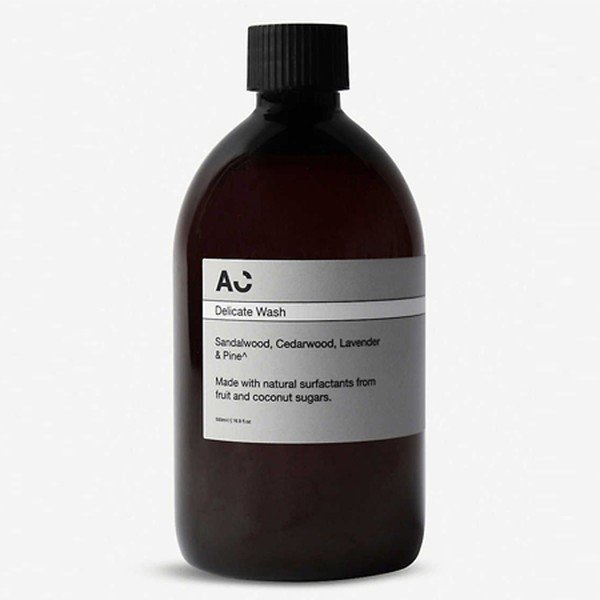
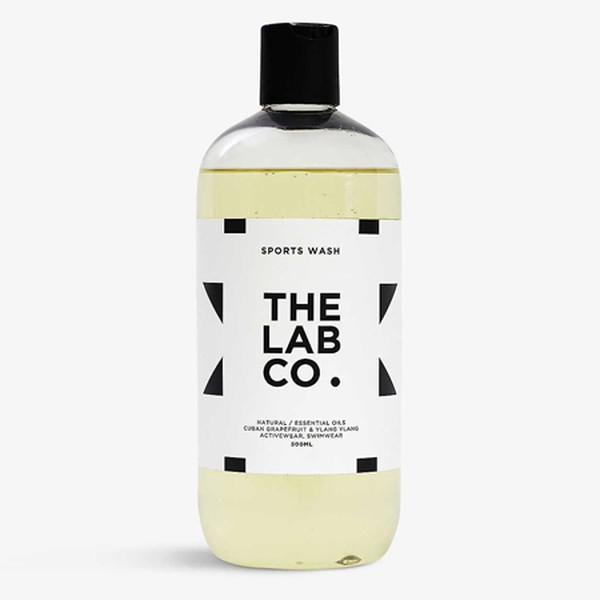
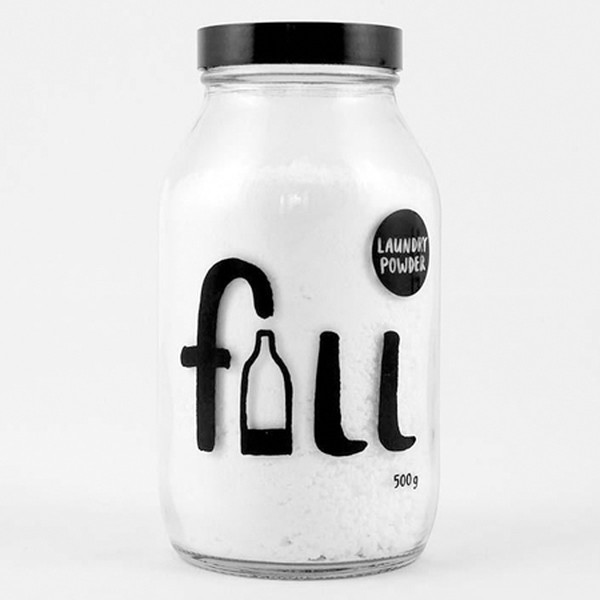
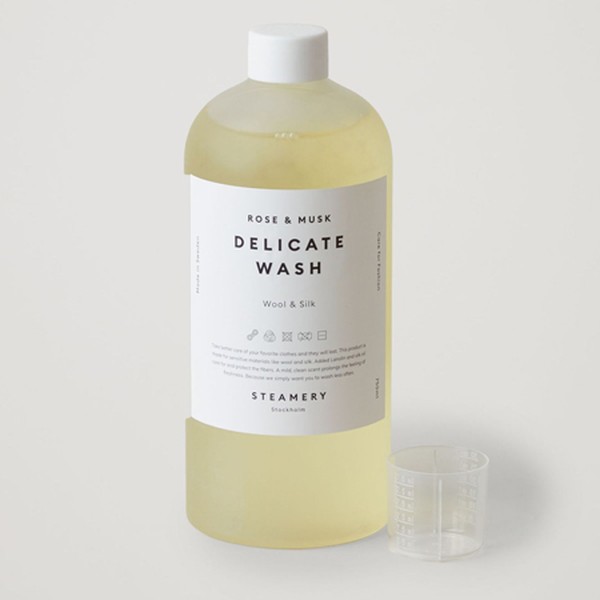
IN THE BATHROOM…
From surface cleaners to limescale remover, it seems there’s an eco-friendly option for every inch of your bathroom. Unlike conventional cleaners, natural bathroom cleaners typically don't contain synthetic dyes, chlorine bleach, ammonia, and other harmful ingredients, such as triclosan – which is often what’s needed to cut through the level of grime that builds up in heavy-traffic areas and keep things completely hygienic. However, these chemicals can be harmful to children or pets if accidentally ingested or cause irritating reactions if they come into contact with sensitive skin. Indeed, some studies have even found a link between harsh cleaning products and increased indoor air pollution. There are plenty of brands offering a more affordable refill service too, so you can purchase the same cleaning fluid without the throwaway guilt when it comes to excess packaging. These days, brands like Eco Max even claim to manufacture their ranges using 100% green electricity.
Ingredients to look for: Naturally derived and biodegradable ingredients such as lactic acid, vegetable proteins, olive oil and glycerine – and always keep an eye out for the appropriate certifications if you’re not sure.
Ingredients to avoid: Sulphates, parabens, mineral oils, synthetic scents, chlorine, alcohol.
Inspired? Consider one of these good-for-the planet products…
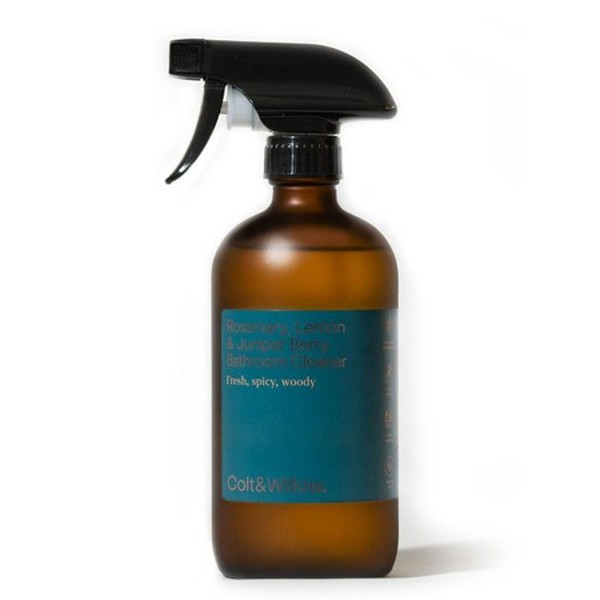
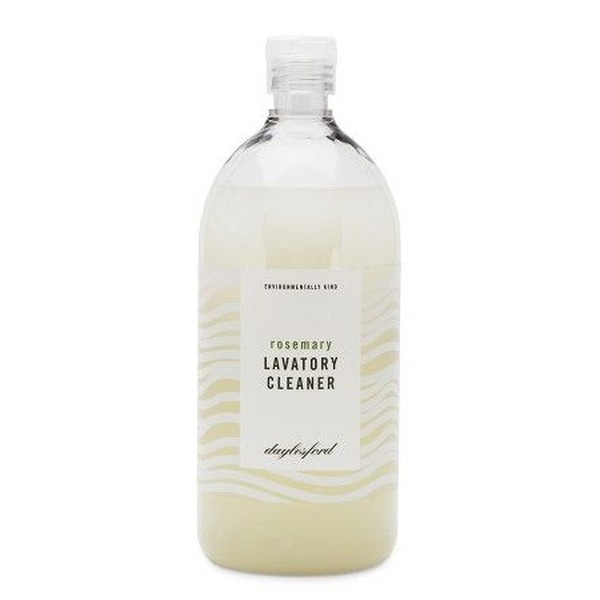
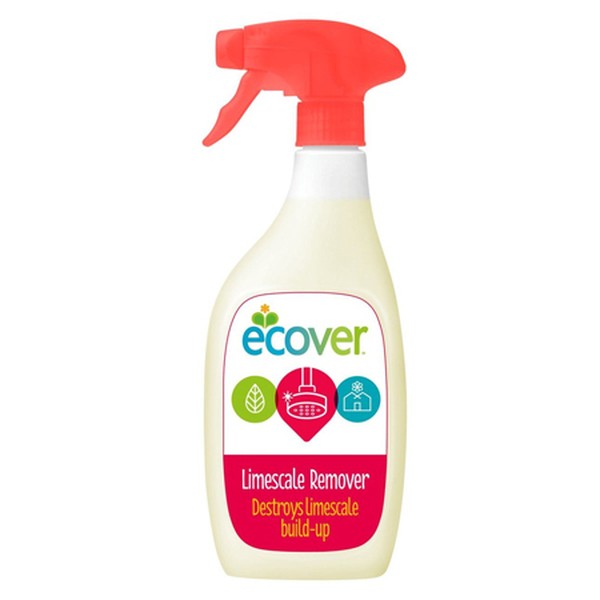
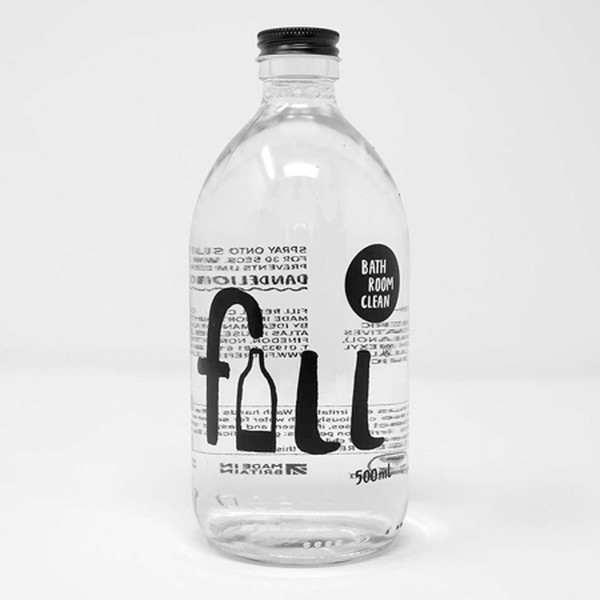


AROUND THE HOUSE…
Put simply, eco-friendly cleaning products should not contain toxic chemicals, instead opting to use biodegradable ingredients – many of which are made from plants. Single use plastic is also a no-no, and you should look to packaging or brands which try to minimise waste wherever possible. If a spray or cleaning solution also contains a high proportion of water, its carbon footprint might not be as good as it claims. In fact, brands like Clean Living say it’s possible to cut up to 99% of the water used in traditional cleaning products to make the latest versions more environmentally friendly. Products that are pH neutral also carry less chance of contaminating waterways or oceans, while some brands prefer to use only food-grade ingredients to minimise chances of harmful ingestion by toddlers or pets.
Ingredients to look for: Coconut oil, natural minerals, essential oils, botanical extracts and hypoallergenic ingredients or labels.
Ingredients to avoid: Phosphates, synthetic detergents, fragrances and preservatives. Pesticides, parabens, petrochemicals, palm oil, VOCs, ammonia and chlorine.
Inspired? Consider one of these good-for-the planet products…
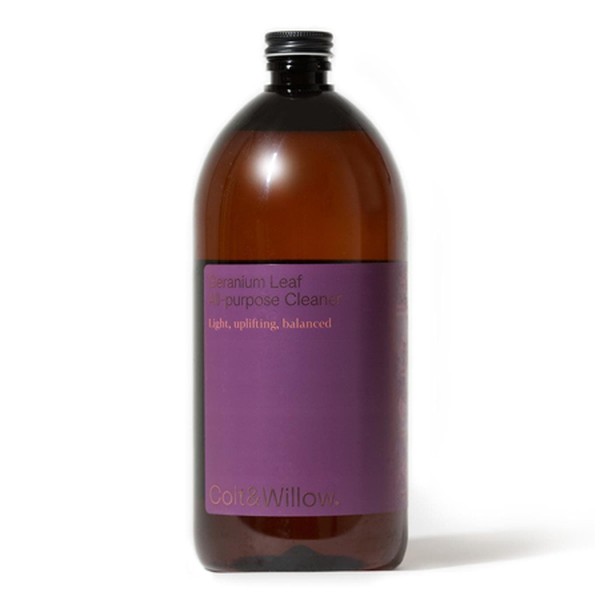
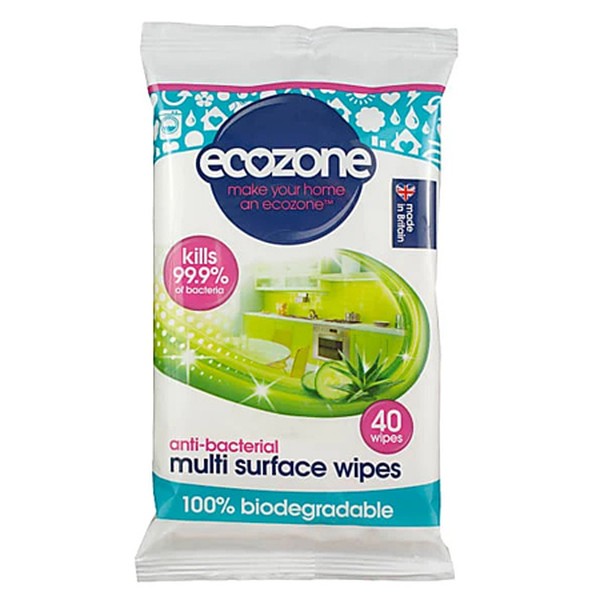
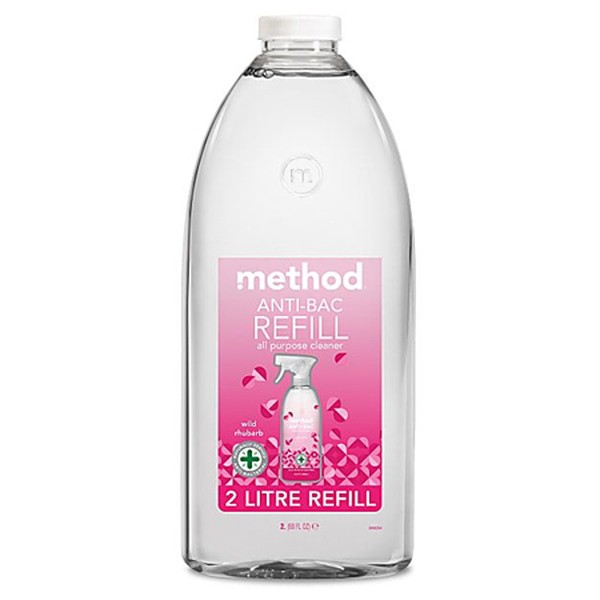

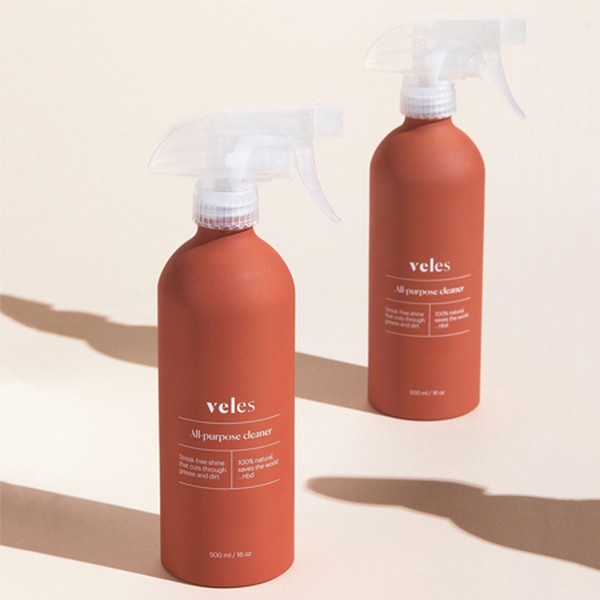
For more information, visit LeapingBunny.org, SoilAssociation.org or GreenChoices.org
DISCLAIMER: We endeavour to always credit the correct original source of every image we use. If you think a credit may be incorrect, please contact us at info@sheerluxe.com.
